A dancer performs at the Santa Fe Indian Market. (Photo by TOURISM Santa Fe)
SANTA FE, New Mexico — “Art is what we are.” I heard many variations on this sentiment from hotel catering directors to museum curators to ever-patient tour bus drivers. It took only a few days getting to know this art-is-being philosophy, before I too believed.
After all, Santa Fe is the city that revels in opera tailgate parties, while its famed Canyon Road rivals Paris for density of galleries on one street. But for this visit to the enchanted mountain town, I was on a specific quest, to gaze at some of the most ancient and yet ever renewing and dynamic artistic creations of the area, Native American art.
My native cultural journey began early on as I spotted images of birds, corn, and reptiles painted on highway overpasses on the drive to my first hotel, the Hilton Santa Fe Buffalo Thunder Resort on the Pojoaque Pueblo about 20 minutes from town. The resort boasts award-winning restaurants, a 61,000-square-foot casino, spa and golf course, but I pushed all my chips in for their museum quality collection of native art representing every tribe in New Mexico.
Wandering the vast resort, I found paintings, ceramics, sculptures and glasswork on almost every wall and corner. The collection is curated by the nearby Poeh Cultural Center, which serves as the Native American Art and Culture center for the tribe.
It was at the Poeh Museum the next day where I gained a better understanding of Pueblo as both place and name for the peoples and distinct tribes, each with their own sovereign territory, and four separate language families. I also realized a few days later when I moved into Hotel Santa Fe, the only Native American-owned hotel in downtown Santa Fe, in order to be in the thick of the downtown art scene, that the real challenge would be to find a hotel in the area that doesn’t have its own gallery-quality collection of southwest art.
At over 7,000 feet in elevation, Santa Fe’s rarified air takes some acclimating for a strictly sea-level girl like myself, yet I found the metaphorical gravity of millenniums-old indigenous art and cultural history took my breath away, as well. To become better accustomed, I went museum hopping.
The drive up to Museum Hill was worth the short trip just for the glorious view of the city and surrounding mountains, but my objective was the Museum of Indian Arts and Culture. Many of the museum’s exhibitions, such as Here, Now and Always, tell the stories of the the ancient southwest communities with an anthropological focus, but one devised from collaborations between scholars, storytellers, artists and tribal leaders. A contemplative walk through the sculpture garden and then a light, sumptuous bite at the Museum Hill Cafe gave me plenty of mind and body sustenance to continue my cultural exploration.
I headed back downtown to the present (and future) of art at the IAIA Museum of Contemporary Native Arts, an institute that demolishes any stereotypes of what native art is and can be. The museum rotates pieces from its 7,500-piece collection of contemporary native art from the 1960s to the present in permanent exhibitions and brings in provocative traveling exhibitions from around the country. Wandering the paintings and sculptures of the temporary exhibition Art for a New Understanding: Native Perspectives, I was struck by the mix of beauty and biting humor in many of the works, but all the exhibitions showcased the diversity and innovative spirit of contemporary native art.
For scholars of regional pottery, textiles and jewelry, or for those wanting a deeper dive into the history of southwestern native art, a tour of the Indian Arts Research Center (IARC) is a must. While there was no touching allowed of course, on the docent-led trip into the storage vaults no glass separated me from row upon row of magnificent Pueblo Navajo, Apache and Mojave pottery, including a few examples of pre-contact pieces.
After all that art gazing, I felt the siren buying call to the downtown plaza’s Palace of the Governors, the oldest continually occupied public building in the United States, where in the shade of adobe facade, native artists and craftspeople sell their latest jewelry, pottery and painted creations. All the artists must be licensed to sell in the portal through the Native American Vendors Program. Yes, I had to splurge on a few pieces of jewelry, delicate inlay pendants of polished turquoise, serpentine and jet stones and mother of pearl.
The Art of Cooking
That evening, I indulged in a taste of native culinary arts at the Santa Fe School of Cooking, taking a Native American hands-on cooking class with Lois Ellen Frank, a James Beard award winning author. Both a food historian and master chef, Frank gave a fascinating talk on ancient to modern Native Southwest cooking practices, all the while preparing the ingredients for our meal. A truly learning-while-participating class, I grilled green onions, seasoned trout and wrapped them in corn husks for packing into baking clay.
The grand finale of the night, eating the spicy corn soup, baked trout and sautéed rainbow chard, was one of the most enjoyable and rewarding food experiences I’ve ever had.
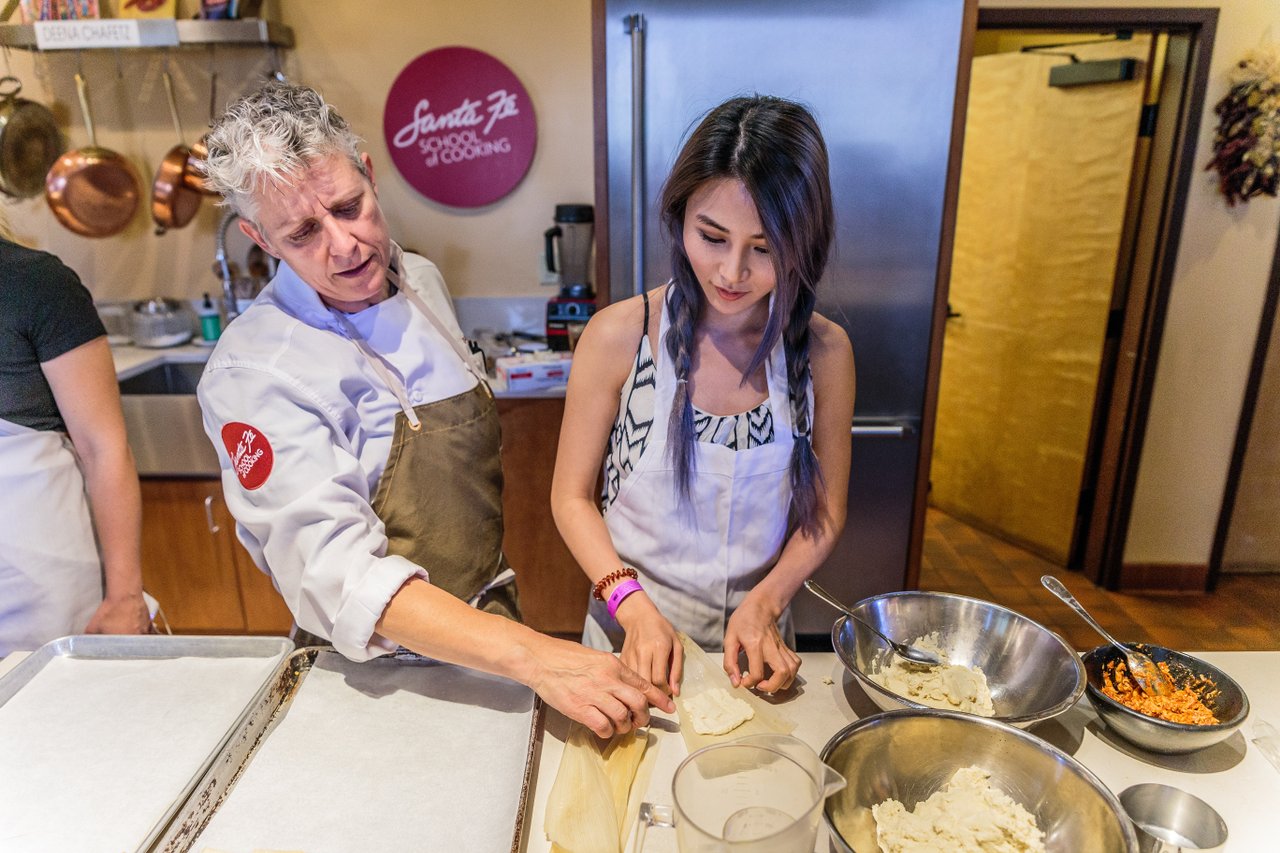
After gaining cultural perspective in Santa Fe, the next days called for field trips out of the city and into the ancient past.
A little less than an hour drive into the New Mexican wilderness, with some magnificent views of the Rio Grande along the way, Bandelier National Monument allows visitors to wander the cliff dwellings home to the Ancestral Pueblo people who lived in the area around 1150 CE, though there’s evidence of human presence on the land going back 11,000 years.
Here too, art survives. Led along the less-traveled Tsankawi Trail by my Great Southwest Adventures tour guide, we climbed into cavates, the human-carved alcoves in the rock and found pieces of broken pottery inside. Walking along the cliff face we paused to marvel at centuries-old petroglyphs of animals, spirals and human forms, perhaps dancing, sculpted into the rock.
Santa Fe’s Feast Day
If hiking the trails of Bandelier felt like each step took me back another century into the past, a trip to the Taos Pueblo for the Santa Cruz Feast Day felt like true affirmation of how ancient traditions survive, evolve and thrive as people carry them into the future. Many of the pueblos open their Feast Day celebrations, allowing visitors to watch some of the outdoor elements of these sacred ceremonies.
In a merging of Christian saint days with tribal seasonal celebrations, dancers don traditional and handmade ceremonial jewelry, embroidered clothing and moccasins to enact rituals filled with singing and dancing. Watching the dances happening before me in center of the Taos Pueblo, I felt rooted into the present moment while catching a glimpse into 1,000 year old living traditions.
The one festival I was about two months too early to experience and the ultimate championing of Native American art is the the Southwestern Association for Indian Arts’s annual Indian Market. Centered in Santa Fe Plaza but spanning out for 17 city blocks, the August market brings 1,000 Native American artists from across the continent to Santa Fe and 100,000 art lovers and collectors, who meet and buy directly from those artists.
Over the decades the event has grown from a weekend to a five-day cultural affair that includes galas, a movie showcase and haute couture fashion show featuring some of the most innovative native designers in the country.
Some years, including 2019, the Santa Fe Indian Market coincides with Santa Fe opera season for at least one week. Though I’m home in Texas now, I’m already hearing that melodious art song bidding me back to Santa Fe.

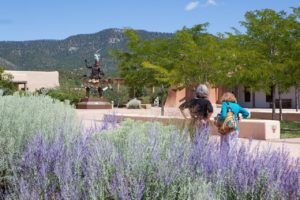
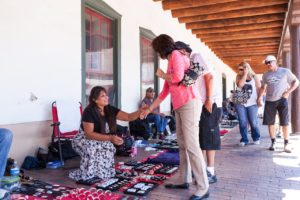
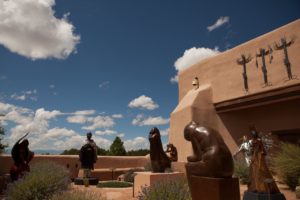


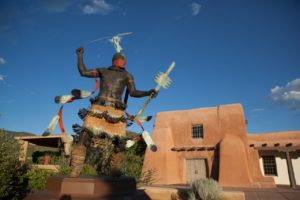
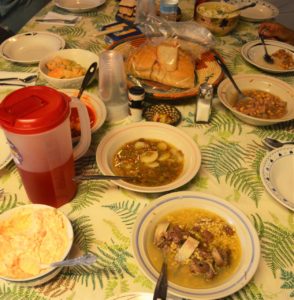
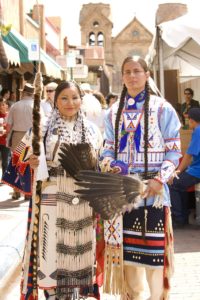
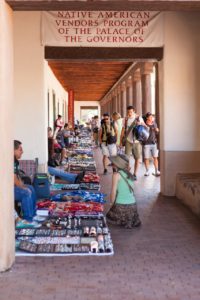


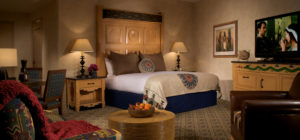
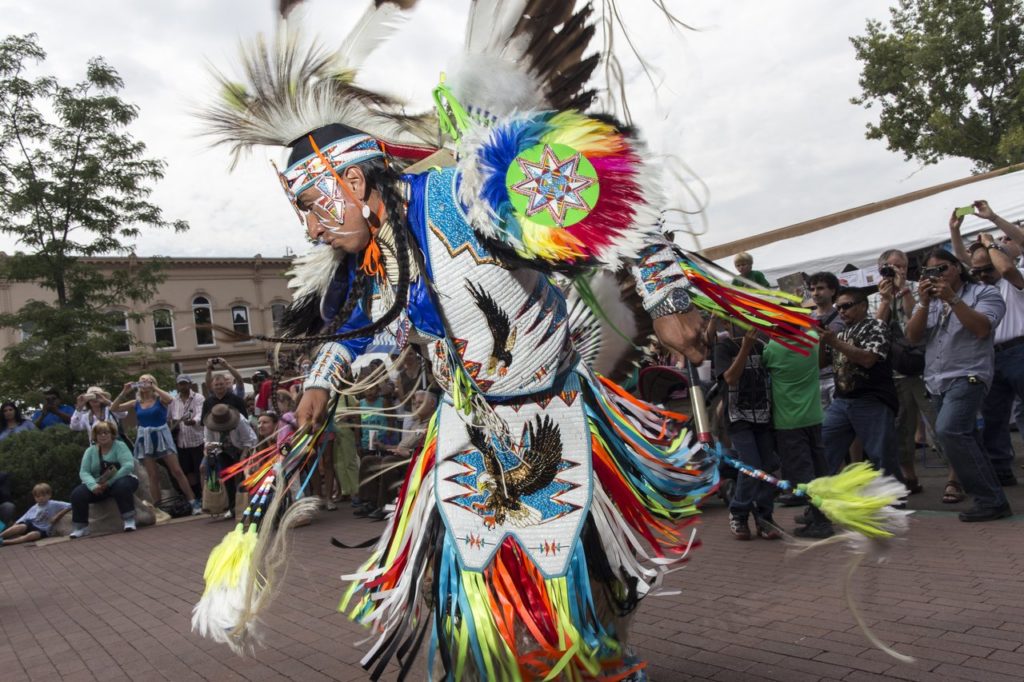
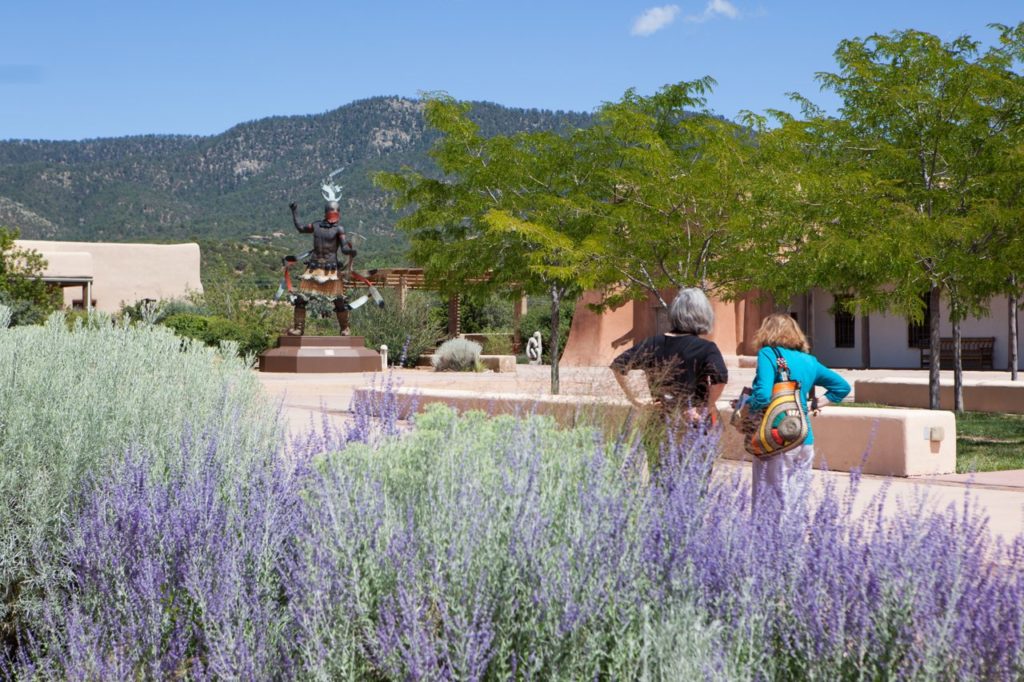
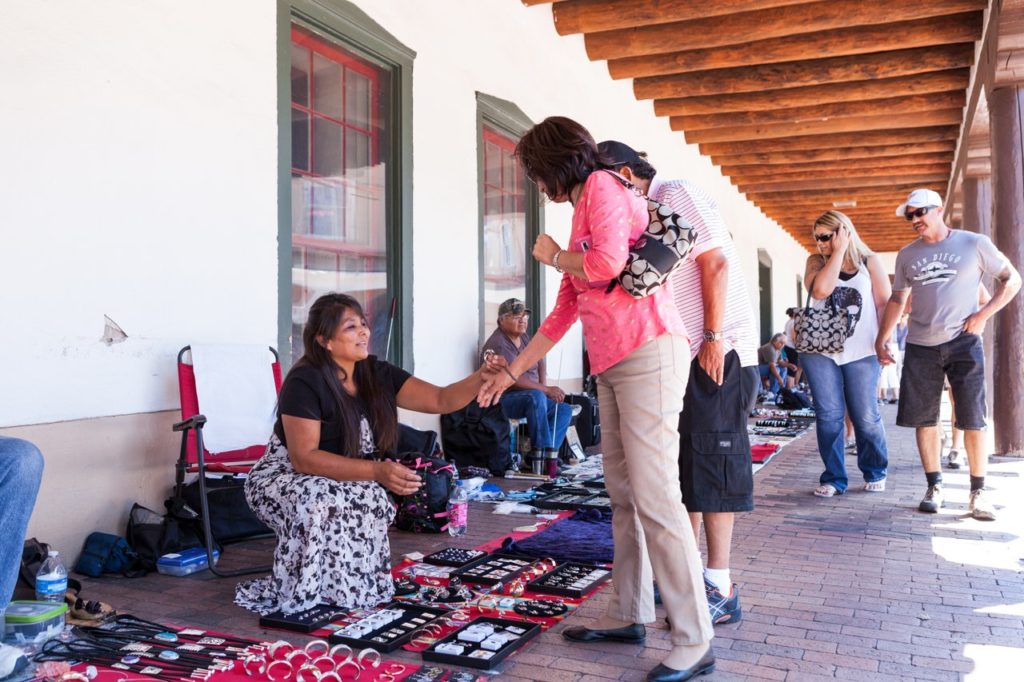
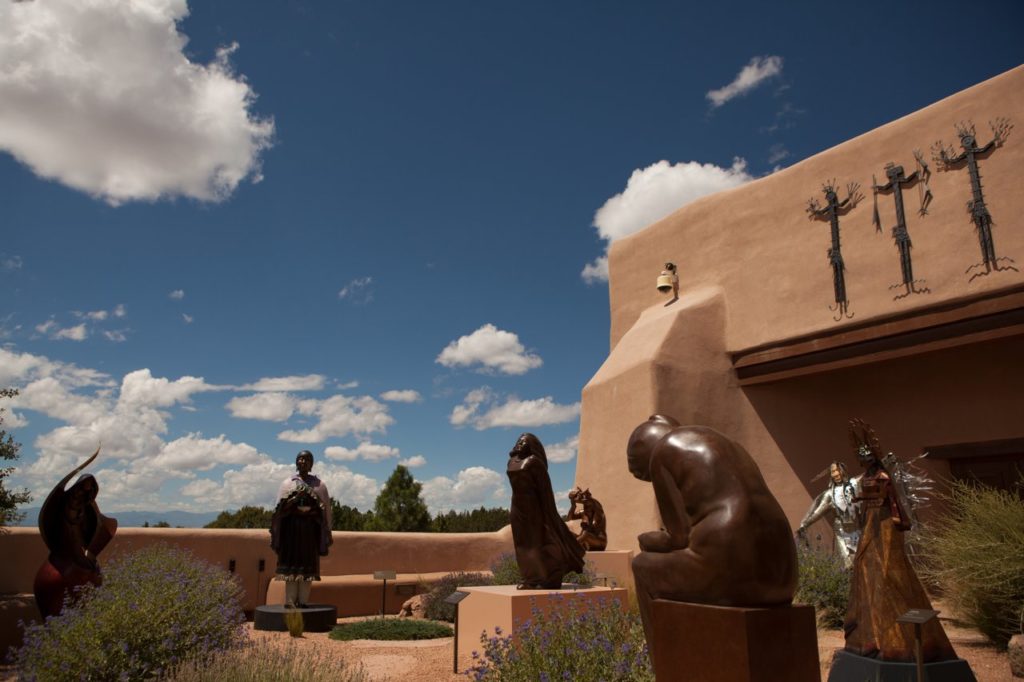
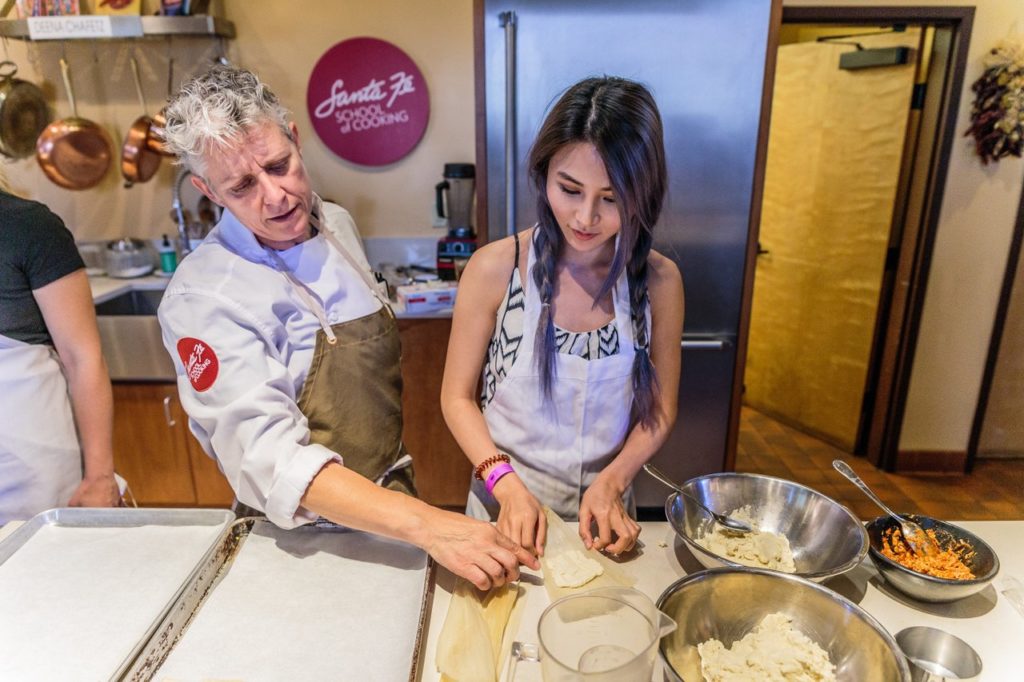

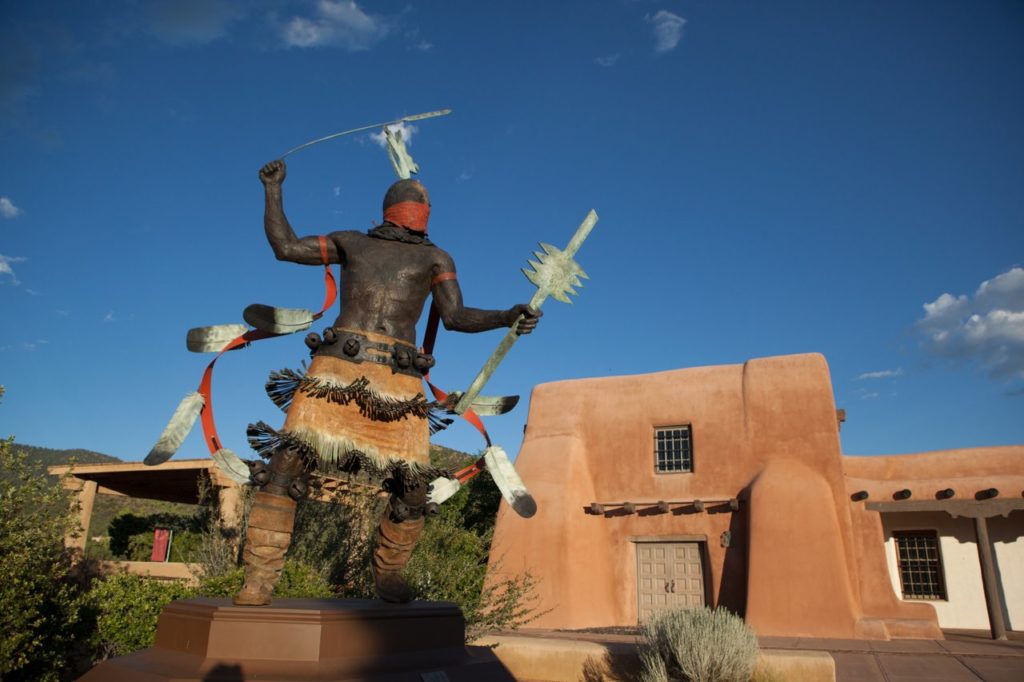

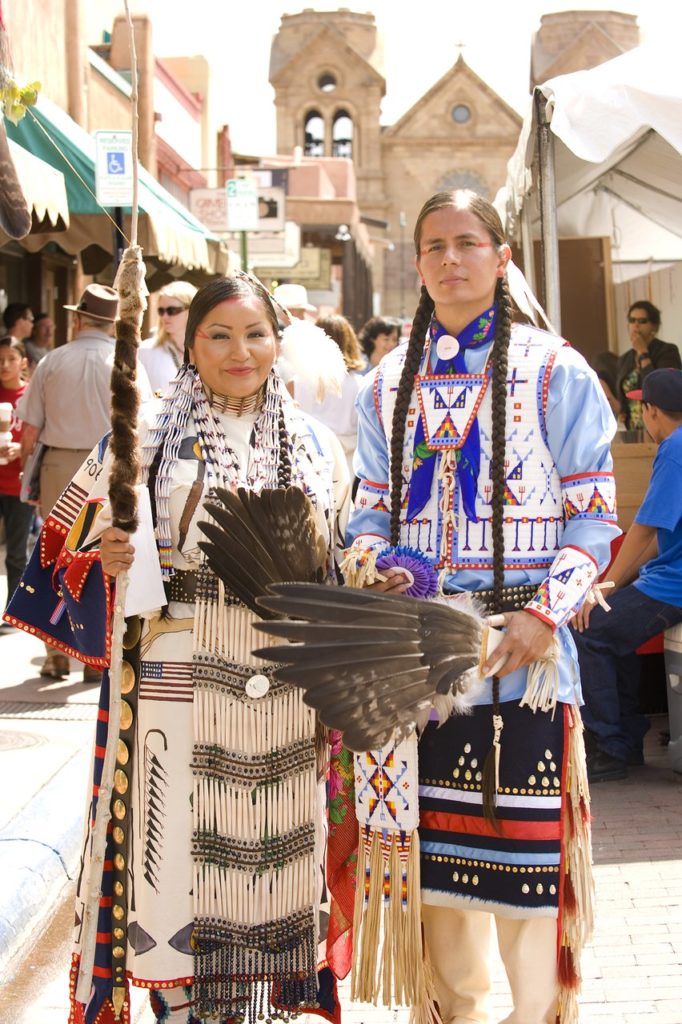

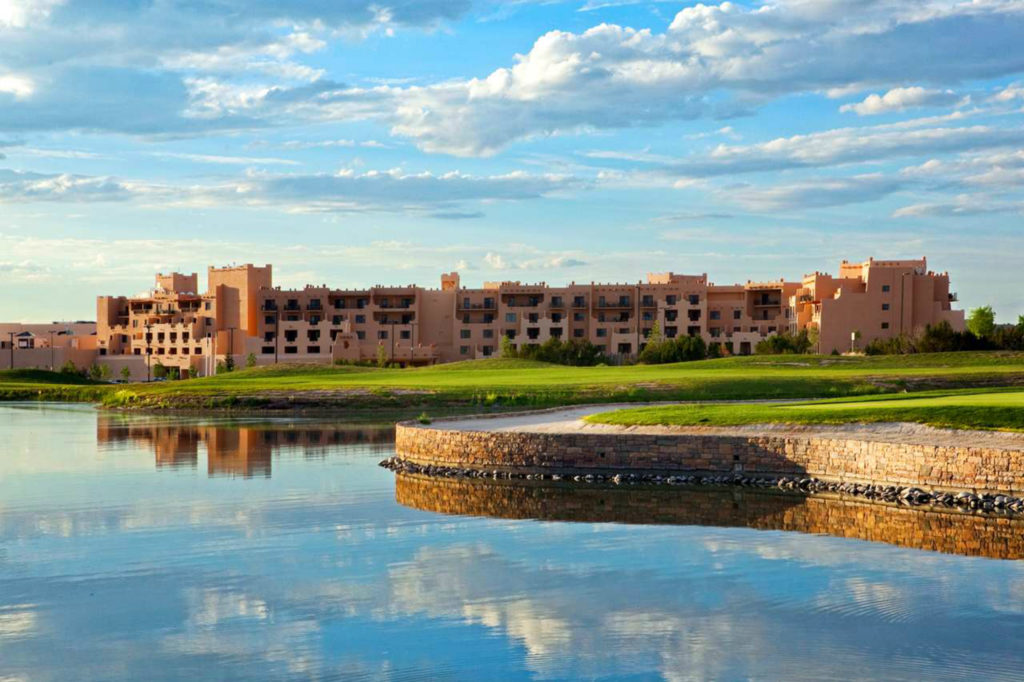

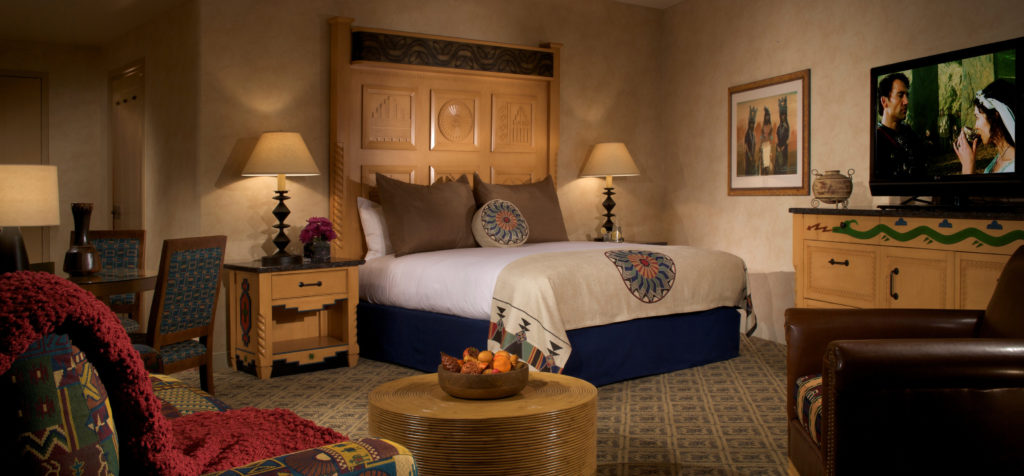

_md.jpg)











_md.jpeg)


